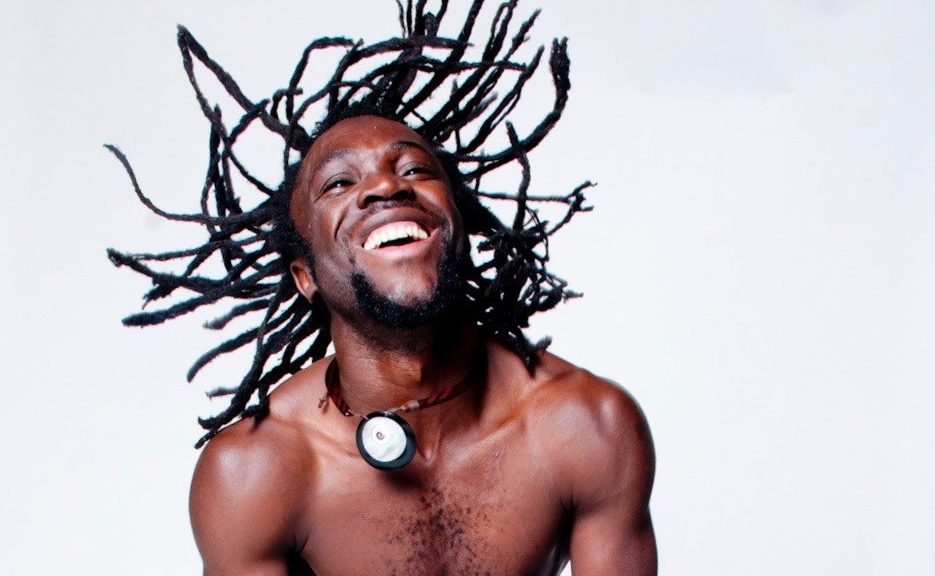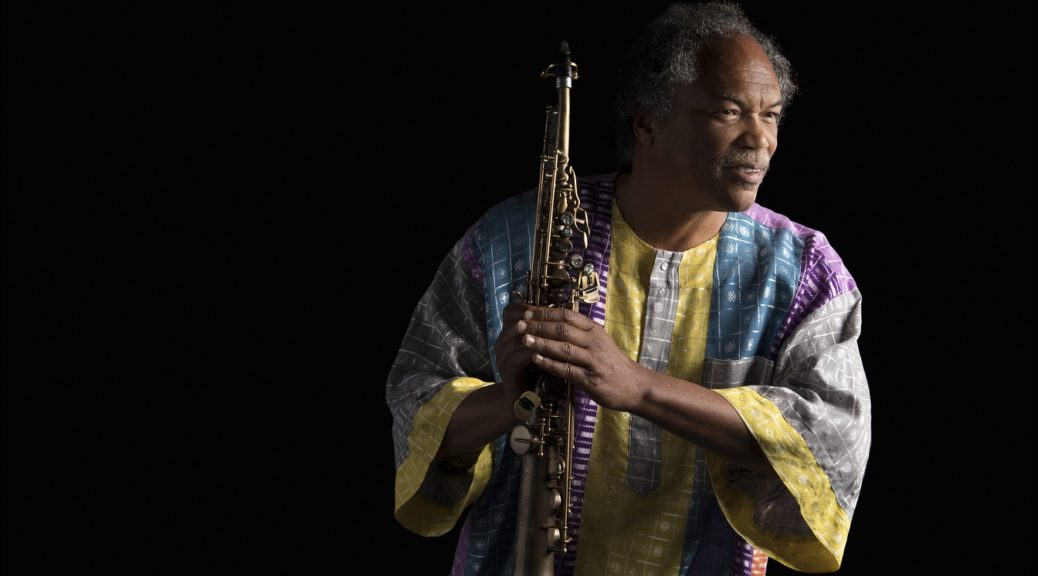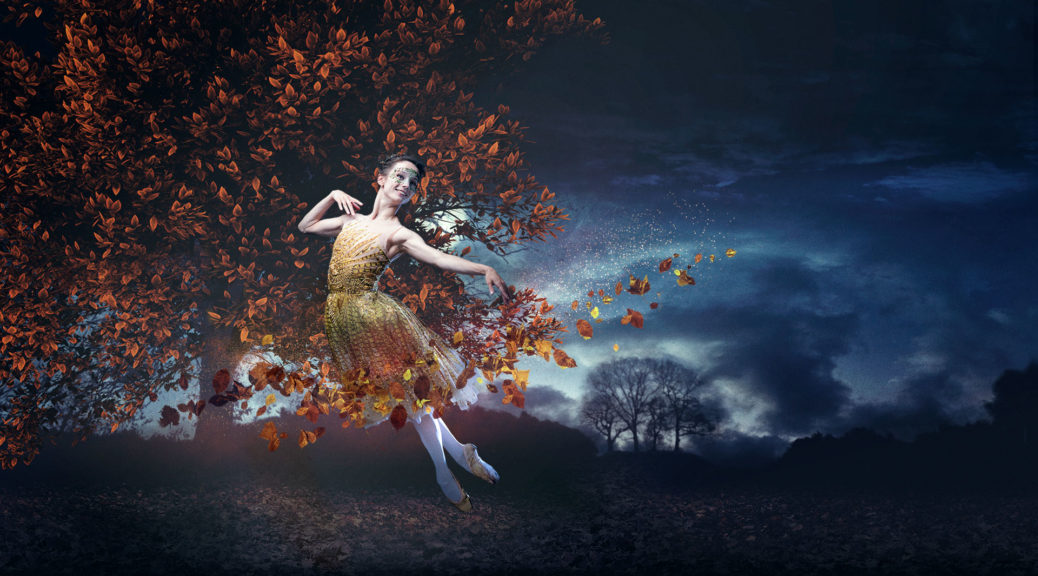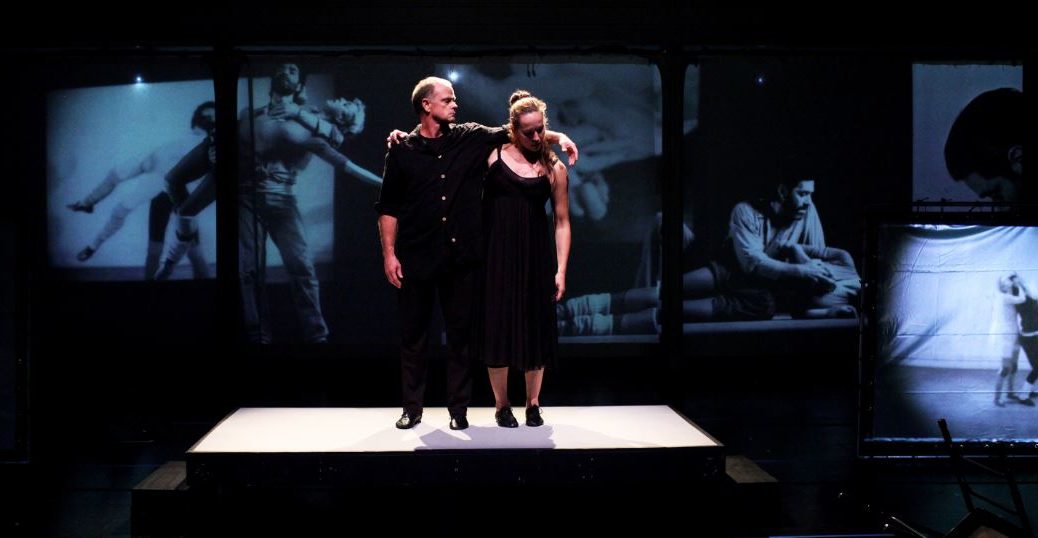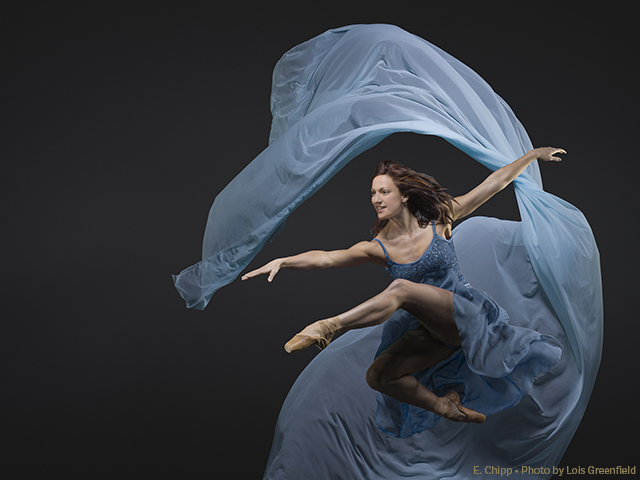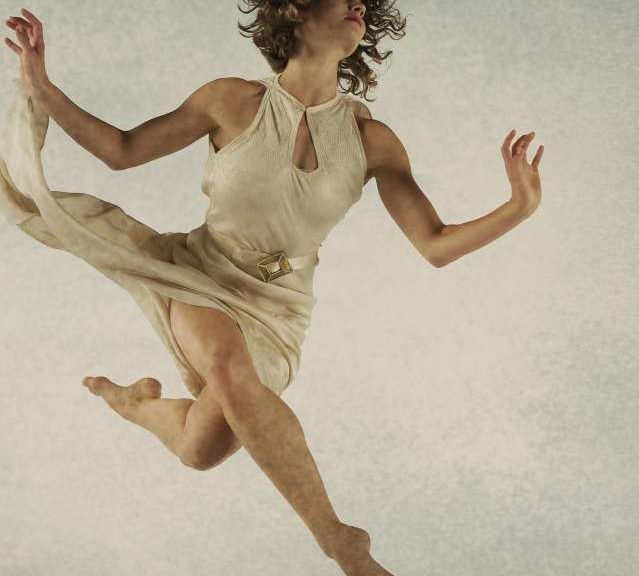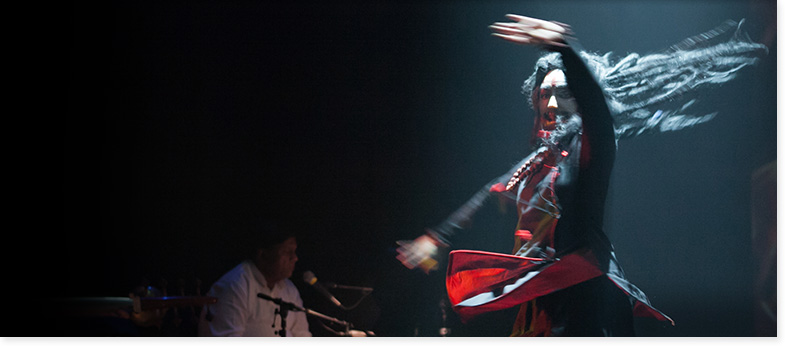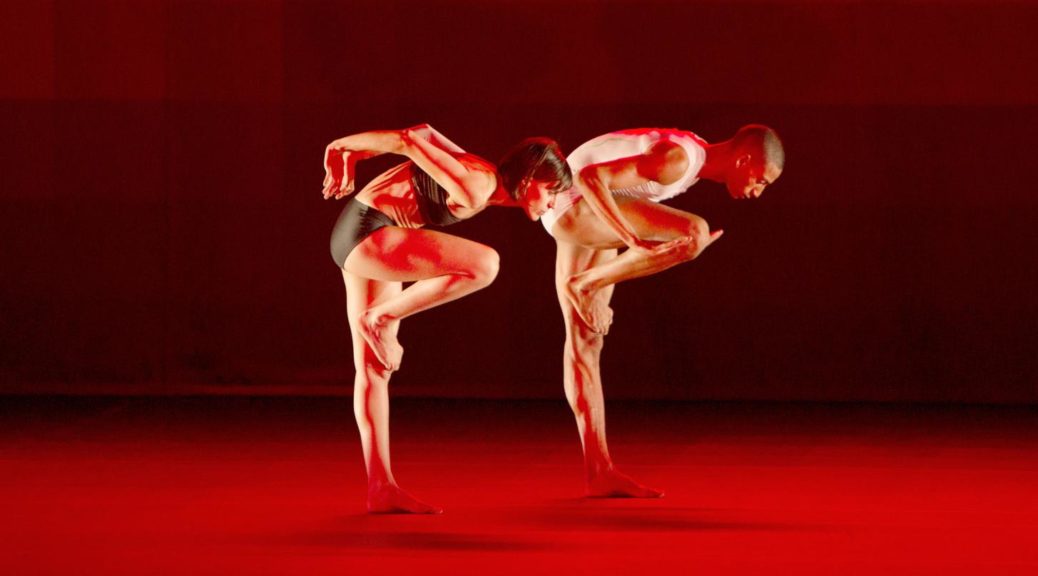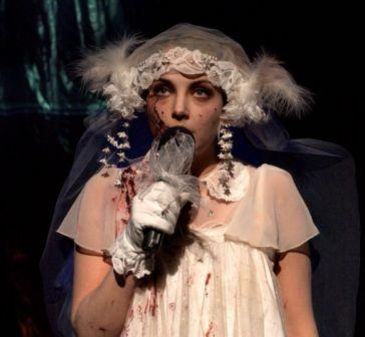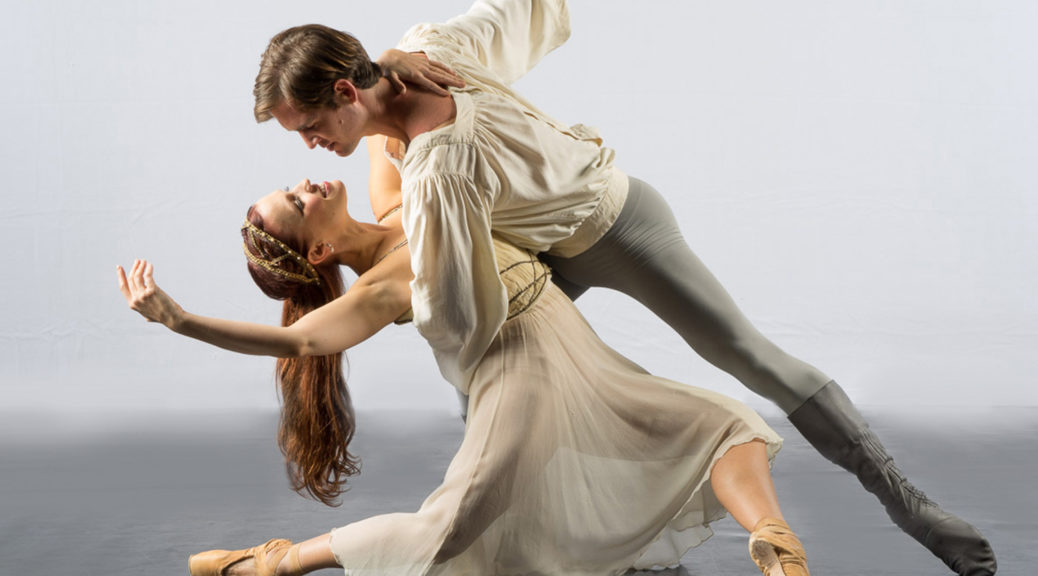The Fresh Festival Brings a “Reckoning”
The Fresh Festival, which plays at the Joe Goode Annex in San Francisco every Friday and Saturday evening in January, proposes a series of performances that show a “bold, wild, vulnerable willingness to try something new in front of your eyes, have the power to change your mind, your day, your life,” according Kathleen Hermesdorf, the Festival curator. The Festival is celebrating its tenth anniversary around the theme of “Reckoning,” a political ambition, in which “we are . . ….
